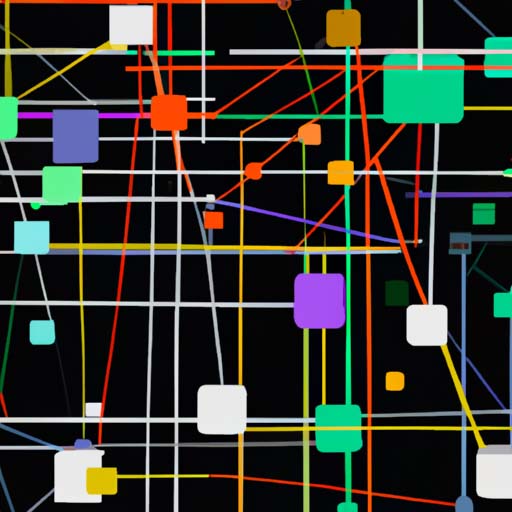Welcome to our comprehensive guide on decentralized app development! In this article, we will take you through the fascinating world of decentralized applications (DApps) and explore how they are revolutionizing the way we think about coding and building applications on the blockchain. Whether you are a seasoned developer or just starting your journey into blockchain technology, this introduction will provide you with valuable insights and practical tips to get you up to speed with DApp development.
Understanding Decentralized Apps (DApps)
Decentralized applications, known as DApps, are software applications that operate on a decentralized network, such as the blockchain. Unlike traditional applications, DApps leverage the power of blockchain technology to eliminate the need for intermediaries, enhance security, and improve transparency. With DApps, data is distributed and stored across multiple nodes on the network, ensuring no single point of failure. This groundbreaking approach opens up a world of possibilities for developers to create innovative and secure applications for various industries.
The Benefits of DApp Development
Creating decentralized apps offers numerous benefits that differentiate them from their centralized counterparts. First and foremost, DApps provide greater security due to their decentralized nature. Since there is no central authority controlling the network, it becomes incredibly difficult for malicious actors to compromise the system. Additionally, transactions executed within DApps are transparent and immutable, making them ideal for applications that require high levels of trustworthiness.
DApp development also introduces new opportunities for developers to monetize their creations. With traditional apps, developers often rely on advertisements or in-app purchases to generate revenue. However, DApps allow developers to implement token-based models, where users interact with the application using a specific cryptocurrency token. This opens up possibilities for creating more sustainable business models and incentivizing user engagement.
The Tools and Technologies Behind DApp Development
Now that we’ve covered the basics, let’s dive into the tools and technologies you’ll need to start developing your own DApps. The most popular platform for DApp development is Ethereum, a decentralized, open-source blockchain platform. Ethereum provides developers with a robust infrastructure and a programming language called Solidity, specifically designed for smart contract development. Smart contracts are at the core of DApp functionality and enable automatic execution of predefined rules and actions within the application.
In addition to Ethereum, there are other blockchain platforms and frameworks that support DApp development, such as EOS, TRON, and Hyperledger Fabric. Each platform offers its own set of features and advantages, so it’s essential to explore and choose the one that aligns best with your project goals and requirements.
To streamline the development process, developers can also leverage various development frameworks, libraries, and software development kits (SDKs) specifically designed for DApp development. These tools provide pre-built components and functionalities, significantly reducing development time and complexity.
Key Considerations for Successful DApp Development
While DApp development presents exciting opportunities, it also brings unique challenges. To ensure a successful outcome, keep the following considerations in mind:
– Security: As with any software development project, security should be a top priority. Implementing comprehensive security measures and auditing your smart contracts thoroughly is crucial to protect your application and its users from potential vulnerabilities.
– User Experience (UX): DApps should aim to deliver seamless and intuitive user experiences. Keep in mind that blockchain transactions may require additional steps or waiting times compared to traditional applications. Design your DApp with user-friendliness in mind to encourage adoption and engagement.
– Scalability: As more users interact with your DApp, scalability becomes crucial. Consider using layer 2 scaling solutions or other approaches to ensure your application can handle increased transaction volumes without sacrificing performance.
– Regulatory Compliance: With the evolving landscape of blockchain regulations, it’s important to stay informed and ensure compliance with any relevant laws. Engage legal professionals to guide you through any legal requirements specific to your project.
Get Started on Your DApp Development Journey
Now that you have a solid understanding of DApps and the key factors to consider during development, it’s time to embark on your DApp development journey. Start by gaining hands-on experience with the blockchain platform of your choice and familiarize yourself with the associated tools and languages. Engage with the vibrant DApp development community, join forums, and explore open-source projects to enhance your skills and gather valuable insights from experienced developers.
Remember, DApp development is a continually evolving field, so staying updated with the latest advancements and trends is essential. With dedication, creativity, and a deep understanding of the blockchain ecosystem, you have the potential to shape the future of decentralized applications and contribute to this groundbreaking technology.
